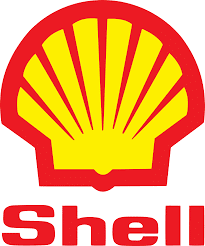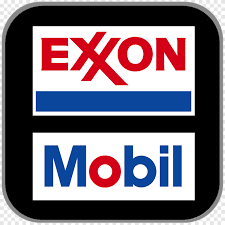Shell (LON: SHEL) raised its dividend 15% at the last results, Exxon (NYSE: XOM) raised by only 3%. In there is the proof of one of the background features of stock markets. It’s worth our pottering through this to see what is happening.
After all, both Shell and Exxon are in the same business- crude oil, natural gas, fossil fuels and all that. They’re both price takes, as all commodity firms are – a useful definition of a commodity being something where the producers are just takers of whatever price is determined by the outside markets. Neither of them can determine the oil or natural gas price, only trade and react to them. We’ve also just had a boom in those fossil fuel prices brought on by those events in Ukraine and resultant sanctions and so on.
Shell And Exxon Profits Soared Last Year
So, profits at both Exxon and Shell boomed last year. ExxonMobil made $56 billion, Shell $40 billion. OK – and the entire aim and purpose of a corporation is to produce profits for shareholders. There is no other reason for their existence. Dividends are one of the ways that profits get into the hands of shareholders. So, if both Shell and Exxon saw booking profits then why the difference in returns to shareholders?

For Exxon raised its dividend by 3%. Shell raised by 15%. Clearly, there’s something going on here, different reactions to the same events, so what is that thing that’s happening? It’s The Guardian, of all places – not usually known as a hotbed of economic knowledge – which gives us the one point we need. “Shell…cut its dividend from 47 cents to 16 cents in April….” Shell is, to a certain extent, increasing its dividend after cutting it. Exxon didn’t cut therefore doesn’t have to make it up again.

But Why Not Raise the Dividend To Pay Out All Profits?
But now we need a theory to explain the why of this. And it’s that corporations like to have a steadily rising dividend payout. We can call that fashion, something cultural, whatever, but it is just true that directors like to be able to announce a rise in the dividend. They hate, just hate, having to cut the dividend. That’s why that Shell dividend cut was the first since WWII.
So, we’ve got the management wanting to produce a dividend rising steadily over time. They’ll even manage the payout to achieve this – which is exactly what is going on here. Add to that dividend rate, which then becomes the base for the dividend for the next reporting period, only at the rate which they know is sustainable over time. Of course, sometimes events interfere like with that Shell dividend cut. But the base idea is that dividends will rise by only the amount that can indeed become that starting point for dividends in the next accounting year.
But this then all meets the vagaries of the oil business – of commodity markets in fact. Sometimes there are those price booms and corporations like Shell and Exxon make vast excess or windfall profits. Everyone knows these are a product of this part of the cycle, they’re not sustainable in the least. Because they’re not sustainable they don’t get added to the dividend.
Return The Profits to Shareholders Another Way Then
It’s also true that shareholders don’t want those profits to remain within the company. After all, the point is for shareholders to get the profit. Also, much to most investment by mature firms is funded with debt. Finally, just because this year, this part of the cycle, there are great profits doesn’t mean it’s sensible to plough $40 billion, or $56 billion for Exxon, into new investment.
So, the method of returning that profit to shareholders is to buy in stock. The company buys shares on the market, sticks them in Treasury then cancels them. The capital base – the number of shares in issue – falls making each one more valuable. Those who sold gain their cash. Shareholders gain those excess or windfall profits without raising the base rate of the dividend which will cause problems later in the cycle of commodity or oil prices. Which is exactly what both Shell and Exxon have done. Raised the dividends to what management thinks are supportable numbers of the price cycle, returning the excess over that to shareholders through share buybacks.
Yes, Shell Raised Its Dividend, Exxon didn’t So Much, Because Fashion
The thing is none of this makes sense without our understanding that fashion – or cultural impulse – for management to prefer a steadily rising dividend. But once we not that that does exist then the division into a dividend which is steadily rising and supportable, profits excess to that being spent upon share repurchases, it all makes sense.